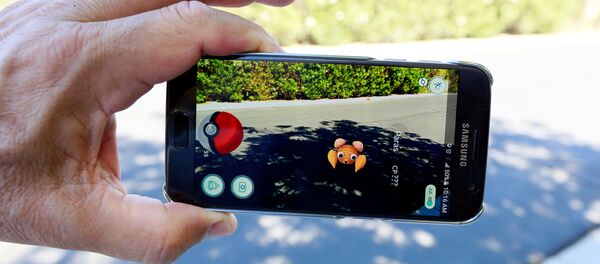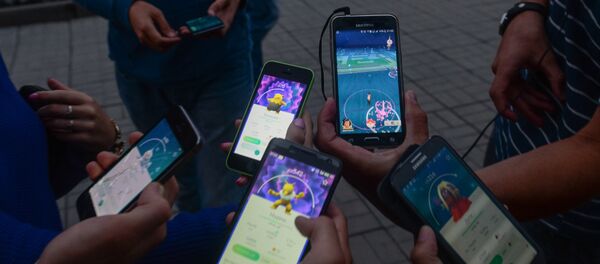Augmented reality, or AR, is a method of adding a supplemental layer of visual information to a live video feed. Usually it requires gadgets like smartphones, tablets, and special headsets. Even though the first descriptions of AR can be found in the early 1900's sci-fi, the first working AR-enabled gadgets appeared in 1980's and the 1990's.
While AR may very well become a great crime-fighting weapon for law enforcement agents chasing bad guys, it's also a powerful tool for doctors who save people's lives.
An Israel-based company, Augmedics, developed a head-mounted display called the Vizor, which gives surgeons the power to literally look inside a human body.
Here is Augmedics' vice president in charge of research and development Stuart Wolf talking about the new gadget:
The Vizor allows surgeons to see the patient's anatomy through soft tissue and skin, just as if they had x-ray vision. Using our patent-pending technology, we are able to project a patient's anatomy directly onto the surgeon's retina with surgical precision in real time and achieve outstanding depth perception.
AR, along with virtual reality technology, is currently on the rise. According to a recent report by Analisys Group, the total combined economic potential of AR and VR may reach up to $102 billion by the year 2020. The same report also suggests that medicine, including surgery and diagnostics, may become the largest projected area, with 35% of the global AR/VR market.
We'd love to get your feedback at radio@sputniknews.com.
Have you heard the news? Sign up to our Telegram channel and we'll keep you up to speed!





